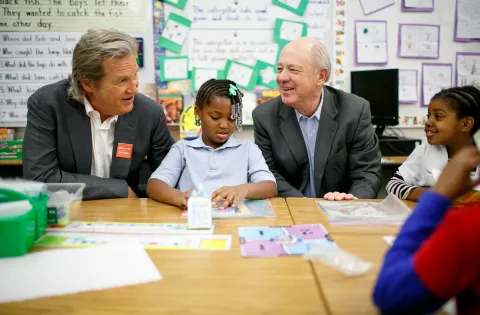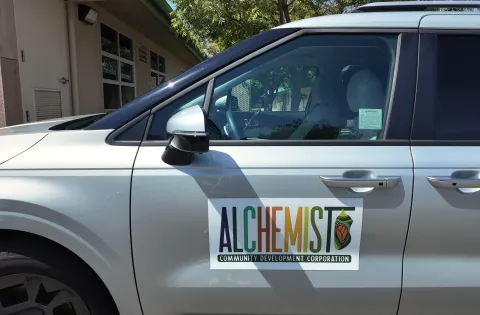Recently, the U.S. House of Representatives unveiled a budget resolution that proposes a shocking $230 billion in cuts to USDA programs, threatening crucial anti-hunger initiatives like SNAP for kids. As lawmakers continue to debate this proposal, the future of programs like SNAP - one of the nation's most effective tools in combating childhood hunger—hangs in the balance.
SNAP is vital for ensuring that children grow up healthy, educated and equipped with the resources they need to break the cycle of poverty. But with these proposed cuts, millions of kids could lose access to the very support that helps them thrive.
Today, 1 in 5 kids in the U.S. faces hunger, and more than 17 million of those children are supported by the food they get through SNAP, a grocery benefits program run by the U.S. Department of Agriculture that provides families with a monthly benefit through a debit-style card to purchase groceries.
Five Ways SNAP Helps Kids
Here are five things to know about how SNAP helps kids today and into their future:
- SNAP feeds kids. In fact, 40% of all people who participate in SNAP are children.
- SNAP helps families most vulnerable to hunger. According to USDA’s most recent analysis, four out of every five households on SNAP have either a child under the age of 18, a senior over the age of 60, or an individual with a disability. Together, these households make up 88% of all SNAP participants.
- SNAP can end poverty. Adding SNAP benefits to a family’s budget can mean the difference between living in poverty or not. A 2021 analysis found that SNAP kept nearly 8 million people above the poverty line prior to the pandemic, including 3.6 million children.
- SNAP affects a child's education. Research shows that kids who receive SNAP benefits do better in school, even increasing the likelihood of graduating. Access to healthy foods help develop memory, social skills and emotional stability, which are all crucial for academic success.
- SNAP affects a child’s health. Research also shows that kids receiving SNAP benefits are healthier than those who don’t have access to SNAP. And, their families are less likely to sacrifice health care to pay for other basic necessities.
The food provided by SNAP does so much more than fill a child’s stomach. It helps kids grow up smarter, stronger and healthier and that means a smarter, stronger and healthier nation.
Learn more about the No Kid Hungry campaign initiatives, ways you can help end child hunger, or donate today!




